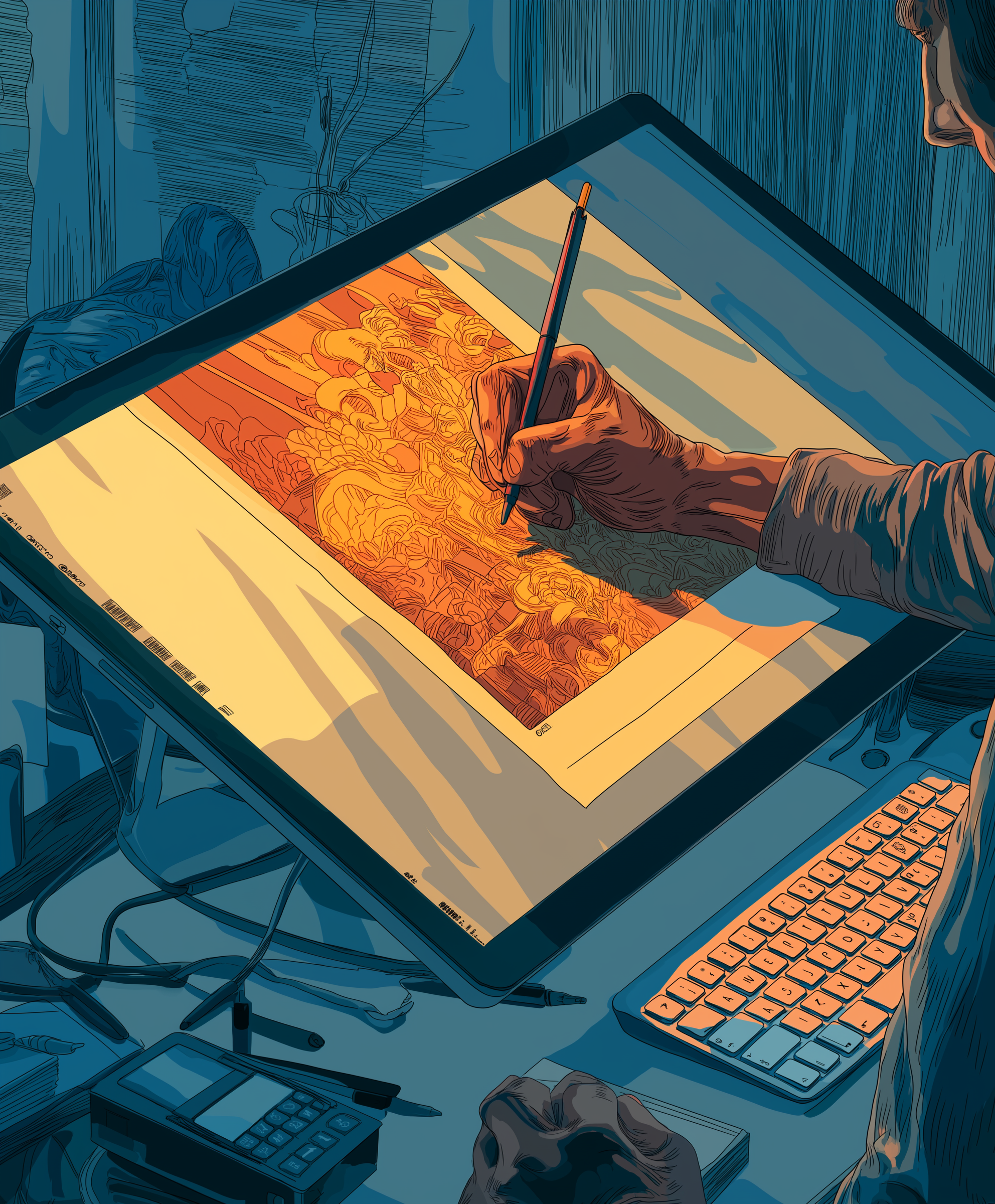AI now creates images that are visually flawless.
The symmetry is perfect, the lighting precise, the balance absolute.
And yet, something feels missing — emotion.
1. The Trap of Perfection
In design, perfection can be dangerous.
Perfection often means balance — but it can also mean stillness.
A design that leaves no room for error leaves no room for life.
2. What “Human Touch” Really Means
The human touch isn’t just about working by hand.
It’s about decisions, instincts, and hesitation —
traces of thought that remain visible in the final result.
AI, on the other hand, never hesitates.
It doesn’t know why it chooses; it just optimizes.
But creativity is born from hesitation — from that fragile moment of doubt.
3. The Beauty of Imperfection
Design has always been the art of balanced imbalance.
When everything fits too perfectly, the result becomes predictable — lifeless.
We are moved not by order, but by tension, rhythm, and subtle flaws.
AI’s perfection drives humans to search for imperfection —
for textures, randomness, warmth, and the unexpected.
That’s where emotion hides.
4. The New Role of Designers
The designer’s job is no longer to make things by hand,
but to design context and meaning.
AI can produce results,
but only humans can define why those results matter.
Future designers will not be defined by their tools,
but by their ability to interpret, select, and give emotion to what AI creates.
Conclusion
AI perfects the image, but only humans can make it alive.
Imperfection is not a flaw; it’s the space where emotion breathes.
The warmth of design doesn’t come from precision —
it comes from the human touch behind it.

💬 댓글 0개
첫 번째 댓글을 남겨보세요!